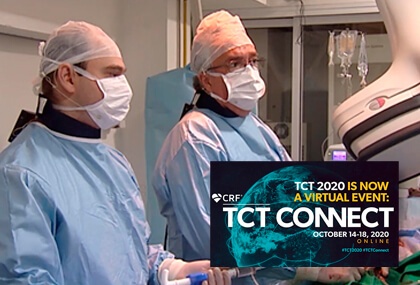Optical coherence tomography (OCT) has proven useful in diabetic patients, even those with negative FFR.

These findings make us rethink the ischemia and functional revascularization paradigm vs. the anatomical findings of vulnerable plaque.
Diabetic patients with lesions that might be deferred base don FFR might benefit from OCT to find in these plaques certain risk features that will make them prone to developing events.
This study called COMBINE OCT-FFR included 547 patients assessed with FFR and revascularized according to the standard cutoff value of 0.8. Patients with negative lesions (>0.8) were assessed with OCT and classified in vulnerable or not vulnerable according to fibroatheroma cap thickness.
Read also: Further Evidence in Favor of Non-Invasive Vasospasm Diagnosis.
Primary end point was a composite of cardiac death, vessel related MI, clinically justified revascularization, or hospitalization for unstable or progressive angina.
After 18-month followup, there was a 5-fold higher event rate in patients with vulnerable lesions due to thin-cap fibro-atheroma defined by OCT (13.3% vs 3.1%; HR 4.7).
There were no differences in events in patients undergoing revascularization based on FFR.
Read also: Diabetes Could Decide between Ticagrelor and Prasugrel.
According to Dr. Kedhi, this study has shown for the first time that diabetic patients might benefit from revascularization of certain lesions despite their not being functionally significative.
These conclusions have had different repercussion among panelists, which clearly shows controversy.
Original Title: Combined optical coherence tomography and fractional flow reserve assessment to better predict adverse event outcomes in DM patients.
Reference: Presentado por Kedhi E. en el TCT 2020 virtual.
Get the latest scientific articles on interventional cardiologySubscribe to our weekly newsletter
We are interested in your opinion. Please, leave your comments, thoughts, questions, etc., below. They will be most welcome.





